How Constraints Can Boost Your Creativity
Issue 226 — Why shooting with less can help you see more.
When it comes to photography, it’s tempting to believe that more options – more lenses, more locations, more time – will lead to more creative images. Surprisingly, the opposite can often be true. Placing intentional limits on yourself during a photo outing can actually boost your creativity. By narrowing your tools or conditions, you force your mind to problem-solve and see opportunities you might have overlooked. Instead of feeling restricted, you may find that constraints push you to be more imaginative.
Think of it this way: if you have every piece of gear and an infinite number of scenes to shoot, you might feel overwhelmed or indecisive. But if you remove some choices, your brain zeroes in on making the most of what’s in front of you. Many experienced photographers (and artists of all kinds) have discovered that less is more when it comes to creative work. By limiting certain aspects of your shooting process, you free yourself from “choice paralysis” and engage more deeply with your subject. It’s a proven way to jumpstart creativity, especially if you’re feeling in a rut or want to learn faster.
Below are several constraint-based challenges you can try on your next photography outing. These exercises are beginner-friendly and focus on the act of shooting (not post-processing). Each one will stretch your creativity differently. Give them a try – you might be surprised by how much you grow as a photographer when you embrace a few limitations.
Limit Yourself to One Lens
The one-lens challenge is a classic exercise. The idea is simple: head out with your camera, but take only a single lens (or use a single fixed focal length). If you have a zoom lens, pick one focal length and stick to it all day; if you own multiple lenses, choose just one favorite and leave the rest at home. By doing this, you remove the option to switch perspectives on a whim.
At first, that might feel restrictive – what if you see a distant bird and only have a wide-angle lens, or encounter a vast landscape with just a 50mm? You might have to let some shots go, but that’s okay. The real magic is that you’ll start to work within the frame you have. With one lens, you’ll move your feet to compose, pay closer attention to timing and positioning, and truly get to know the strengths of that lens.
Using a single lens frees you from lugging a heavy bag of gear and constantly deciding which lens to use. This can be liberating: less fiddling means more focus on seeing and capturing moments. You’ll begin to anticipate how your lens sees the world – its field of view and quirks – and you’ll compose shots more instinctively. Many photographers report that after using one lens exclusively for a while, it becomes almost like an extension of their eye. Your creativity flourishes because you’re challenging yourself to make any subject work with the tool in your hand. An interesting side benefit is that you may also develop a consistent style in your photos, since each image shares the same perspective. In short, limiting your gear can actually expand your vision.
Go Black and White Only
Another powerful constraint is to shoot in black and white only for a day (or a week!). Color is a remarkable aspect of photography, but it can sometimes distract from other elements. By removing color, you force yourself to focus on light, shadow, contrast, texture, and form. These fundamentals are the bedrock of strong images.
When you’re not worrying about capturing accurate colors or vibrant hues, you start paying attention to how light shapes your subject. You’ll notice the subtle gradations between light and dark, the patterns of shadows, and the textures that might have been overshadowed by color. Ordinary scenes can become dramatic studies in tone when rendered in monochrome. For example, a busy street scene might look chaotic in color, but in black and white, you might see a compelling pattern of highlights and silhouettes.
To try this, set your camera to monochrome mode if it has one (many DSLRs and mirrorless cameras do, and smartphones often have a black-and-white filter in the camera app). Viewing the scene in black and white as you shoot can train your eye. If your camera doesn’t allow a B&W preview, you can also shoot in RAW+JPEG with a monochrome picture style so that the preview is B&W (while keeping the RAW in color for safety, if you like). The key, however, is not to “cheat” by thinking in color and converting later – truly commit to seeing in shades of gray. As an exercise, you might even ignore the color version entirely and only work with the black and white results.
By limiting yourself to black and white, you’ll likely compose more thoughtfully. You’ll look for contrasty light or interesting textures to give the image impact. Many photographers find this constraint incredibly rewarding – it’s almost as if a veil is lifted, and you start to see the world in a new way. Even after you return to color, the lessons learned in tonal composition will stick with you, making your color photos stronger as well. (And if you’re primarily a color shooter, you could flip this exercise around: try shooting only in color with an eye toward specific color palettes or combinations, without the option of converting to B&W. Any single-minded approach will sharpen your awareness.)
Shoot with a Simple Camera (Smartphone Challenge)
You don’t need the latest professional camera to take creative photos. In fact, using a simpler, more limited camera can be a fantastic creativity booster. One excellent option is your smartphone. If you’re used to shooting with an interchangeable-lens camera full of features, try leaving it at home for a day and shoot only with your phone.
A smartphone camera has some built-in constraints: a fixed lens (usually a wide-angle lens), a small sensor, and limited controls. These might sound like drawbacks, but they can spur you to think differently. With a fixed wide lens, you can’t zoom in on distant subjects – so you start looking for compositions that work at a closer range, or you physically move to get the framing you want. The small sensor means you won’t get ultra-shallow depth of field easily – so you learn to isolate your subject with composition, light, or timing rather than blurry backgrounds. And in low light, phone cameras can be noisy or blurrier, which motivates you to seek good light or steady your shots more carefully. All of these adjustments build your skills.
Another advantage is that phones are incredibly convenient and unobtrusive. You can carry your phone anywhere and pull it out in moments where a big camera might not be handy. Because it’s always with you, you start to notice photo opportunities in everyday life. You might snap a creative street scene or a beautiful shaft of light in your kitchen that you’d otherwise ignore. The phone strips photography down to its essentials: subject, light, composition, moment. When you don’t have to fuss over settings (beyond tapping to expose/focus), you can devote all your energy to seeing and capturing. Some photographers even say that using a simple camera rekindles the joy of photography, because it feels playful and liberating. So give it a go – challenge yourself to a smartphone-only photo walk and see what you can create with minimal gear. You may discover that the limitations of a simple camera lead you to amazingly creative results.
(If you don’t have a smartphone or prefer not to use it, try a similar exercise with whatever basic camera you have on hand – maybe a point-and-shoot or an older model DSLR with a single setting. The point is to step away from your “best” gear and use something with fewer capabilities, turning those limitations into creative fuel.)
Stay in One Location
Instead of seeking out a dozen different spots to photograph, try the one-location challenge. Pick a single location and commit to doing all your shooting there. It could be as small as your living room or backyard, or as large as a city block or a particular park – the key is to not wander beyond a defined boundary. Spend a couple of hours (or an entire day) exploring that one area with your camera.
At first, you might worry that you’ll run out of interesting things to shoot. In a familiar or mundane location, it’s easy to feel like “I’ve seen everything here.” But stick with it – the magic happens after you push past that initial boredom. By limiting yourself to a place that might seem ordinary, you compel yourself to start seeing differently. You’ll begin to notice details you overlooked before: the way the light filters through a window at a particular hour, the pattern of cracks on the sidewalk, or the steady stream of characters passing by that corner coffee shop. Every location, no matter how ordinary, has hidden visual stories.
Photographing one location in depth teaches you patience and observation. You might catch subtle changes over time – clouds shifting to cast new shadows, the golden glow of late afternoon replacing midday’s harsh light, or a once-empty scene coming alive with people during rush hour. These are things you’d miss if you hurried from place to place. Many great photographers have done long-term projects in their own “backyards” and produced striking work, precisely because they invested time in one locale and got to know it intimately. By doing this exercise, you train yourself to find the extraordinary in the ordinary. It’s a fantastic way for a beginner to build an eye for interesting compositions. The next time you travel or go someplace new, that skill will help you create more unique images beyond the obvious postcard shots.
So, whether it’s your kitchen, your street, or a local park, challenge yourself to squeeze out as many photos as possible from that one spot. Treat it like a mini universe of photo opportunities. You’ll likely come away with a deeper appreciation for how much possibility exists right under your nose – and your creativity will be richer for it.
Focus on One Subject or Theme
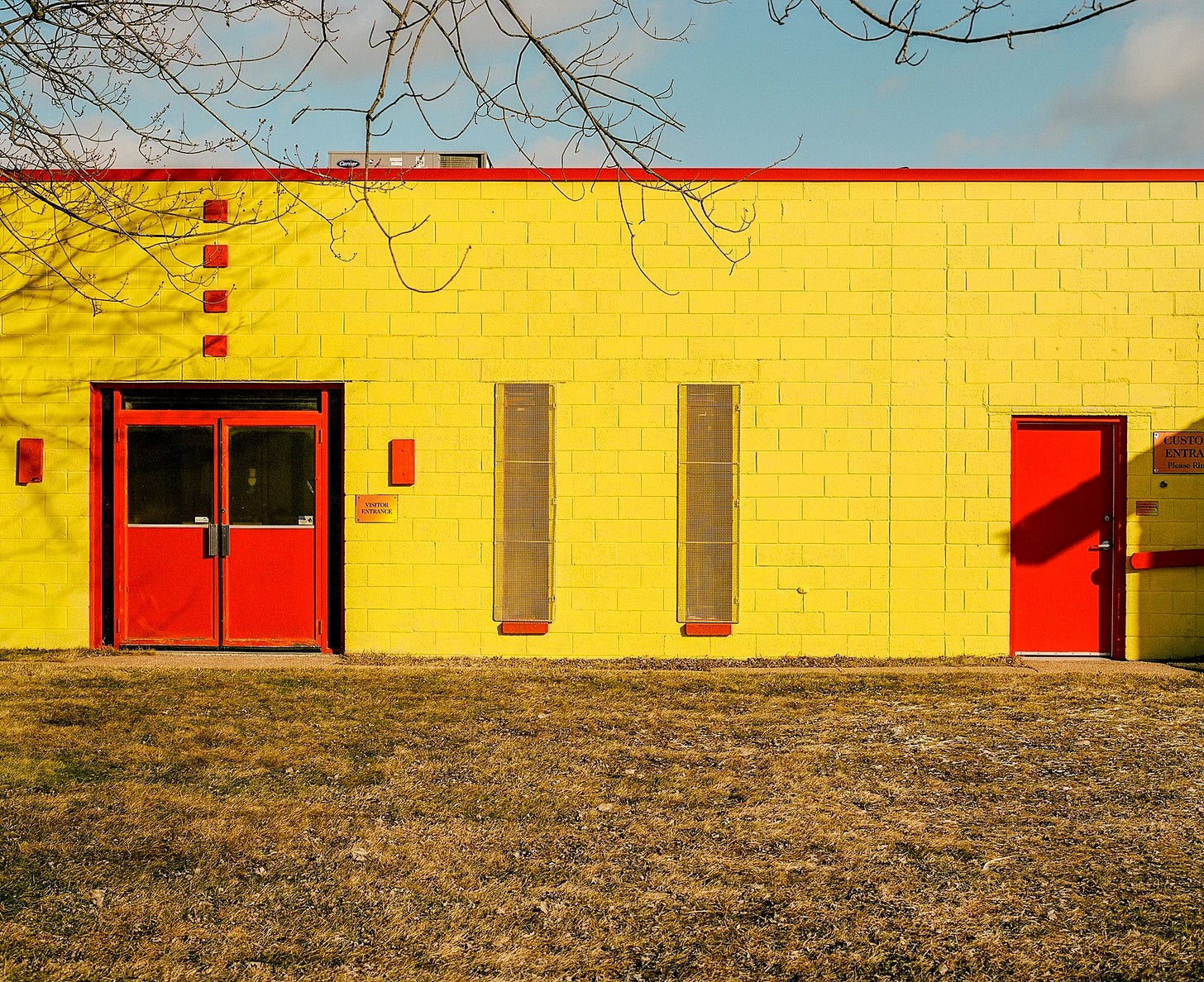
Another constraint that works wonders for creativity is choosing one subject or theme and sticking to it. This means that during your shoot (or over a series of shoots), you deliberately narrow your focus to a specific kind of subject or a conceptual theme. For example, you might decide to photograph only doors one afternoon. As you walk around, your mission is to capture interesting doors – and suddenly, you’ll start seeing them everywhere: quaint painted doors, weathered wooden ones, doors with unique knobs or signs. Where before you might not have noticed any, now your brain is tuned in to find them.
You can apply this idea to nearly anything. Maybe you shoot only trees or only reflections in puddles. Or you could center your efforts on a color: try making images where the color red is the star each time. You could focus on a texture(like rust, cracks, or water ripples) or an emotion/mood (perhaps you look for scenes that convey solitude or joy). If you enjoy street photography, you might pick a theme like “people on phones” or “couples holding hands” and seek those out. If you’re into landscapes, maybe decide that today you’ll only shoot water – be it rivers, fountains, or puddles – and ignore everything else.
By narrowing to a theme, you effectively give yourself a creative brief to fulfill. This pushes you to think more deeply about how to present that subject each time without being repetitive. The first few shots might be obvious ones, but once those are out of the way, you’ll strive to find a fresh angle or an unusual take to keep things interesting. That’s when your creativity really kicks in. Photographing the same kind of subject repeatedly forces you to move beyond the low-hanging fruit. You’ll try different compositions, experiment with light and background, and maybe incorporate storytelling elements to highlight your theme.
Working on a theme is also a great way to produce a coherent series of images. As a beginner, it can be very satisfying to see a set of photos that all relate to one another. It teaches you consistency and intent in your shooting. And much like the one-location challenge, a theme helps you notice things in the world you might typically ignore. If your theme is “circles,” suddenly you spot circular shapes all around; if it’s “friendship,” you become attuned to tender interactions happening in public. Your awareness as a photographer grows.
So before your next outing, pick a theme – big or small – and let that guide your eyes and camera. It can be a fun game and a powerful learning experience rolled into one.
Embrace a Film Mentality (Limit Your Shots)
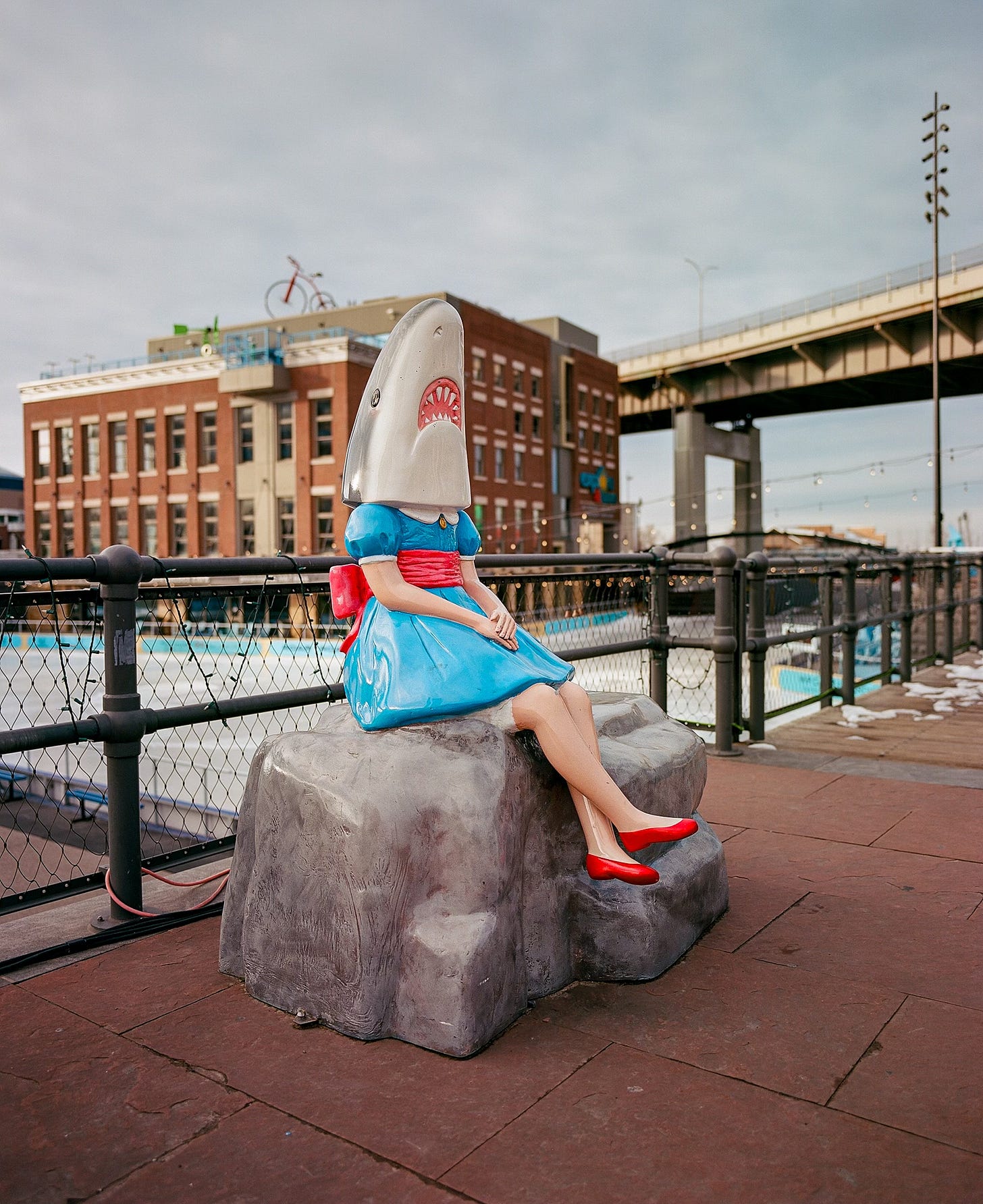
In the digital age, we’re spoiled with virtually unlimited shots – you can fire off hundreds of photos on a memory card and delete the duds later. But quantity can sometimes undermine quality and creativity. If you want to challenge yourself, limit the number of exposures you take, as if you were shooting on a roll of film. Adopting a “film mentality” is a constraint that will slow you down – in a good way.
Back in the days of film photography, every click of the shutter was precious. A roll of 35mm film typically allowed only 24 or 36 photos, and you wouldn’t even see how they turned out until later. Film photographers had to be deliberate. They composed carefully and honestly waited for the right moment, because each frame mattered. We can learn a lot from that approach.
To try this, give yourself a strict limit on how many photos you can take during an outing. For example, load a fresh memory card (or clear your phone’s camera roll) and decide, “I will take no more than 36 shots today.” If 36 feels too easy, challenge yourself to 24, or even just 12 exposures – whatever number feels like a stretch for you. The goal is to make you pause and think before pressing the shutter. When you know you have a limited number of tries, you’ll automatically become more discerning about your shots. You’ll ask yourself questions like: Is this composition fascinating? Is the light good now, or should I wait a minute for it to improve? Am I getting the timing right? In other words, you’ll start shooting with more intention, as if each shot has value.
You might also consider another film-like practice: turn off your LCD preview or resist the urge to chimp (checking every photo immediately). If you have the willpower, try to go through the whole session without reviewing images, and only look at them at the end of the day. This simulates the delayed gratification of film and prevents you from “chasing” the last shot (where you see something was slightly off and then spend the next minute reviewing and reshooting repeatedly). Instead, pretend there are no do-overs – take the shot when it feels right, and move on.
Embracing this limitation can be eye-opening. Many photographers find that when they cap their number of shots, their keeper rate goes up. Instead of ending up with 200 mediocre images and hoping one is decent, you might have 20 more thoughtfully made images, several of which you’re genuinely proud of. It can be a bit uncomfortable at first – you’ll definitely feel the itch to fire off more frames – but that’s precisely the point of the exercise. It trains you to be patient and truly concentrate on what’s in your viewfinder.
If you have access to a film camera, you could take this one step further and actually shoot a roll of film. The experience of physically having only a set number of frames and hearing that decisive click with no instant feedback is a fantastic teacher of discipline. But even if you stick to digital, the principle remains: less is more. By limiting your shots, you’ll start to make each one count.
Freedom Through Constraints
It might feel counterintuitive, but imposing limitations on yourself can lead to some of the freest, most creative photography you’ll ever do. Constraints are not about stifling your art – they’re about challenging you to find inventive solutions and look at the world with fresh eyes. When you remove a few options (be it gear choices, color, location, or quantity of shots), you also remove a lot of second-guessing and distraction. You end up engaging more with the moment and the fundamental craft of photography.
For beginners, these challenges are invaluable learning tools. Each constraint accelerates your understanding of a different aspect of photography, whether it’s composition, lighting, or timing. But even for seasoned shooters, constraints can reignite inspiration and break the monotony of routine. They force you out of your comfort zone – and that’s often where creativity thrives.
So next time you feel creatively stuck or want to push your skills, give one of these exercises a try. Go on a walk with just one lens, or set your camera to black and white, or vow to take only 20 photos of that event you’re shooting. Embrace the little rules you set for yourself, and then enjoy how they make you bend and stretch your creativity to work within them. You’ll likely find that instead of feeling limited, you feel surprisingly liberated.
In the end, great photography isn’t about having endless choices or the most expensive equipment. It’s about vision – and vision often flourishes when we challenge it. By learning to see the possibilities within a constraint, you become a more versatile and imaginative photographer. Constraints can indeed boost your creativity – they might just set your imagination free.
Some of the Places You Can Find Me:
My Website: https://www.anthonymorganti.com/
My YouTube Channel: https://www.youtube.com/@anthonymorganti


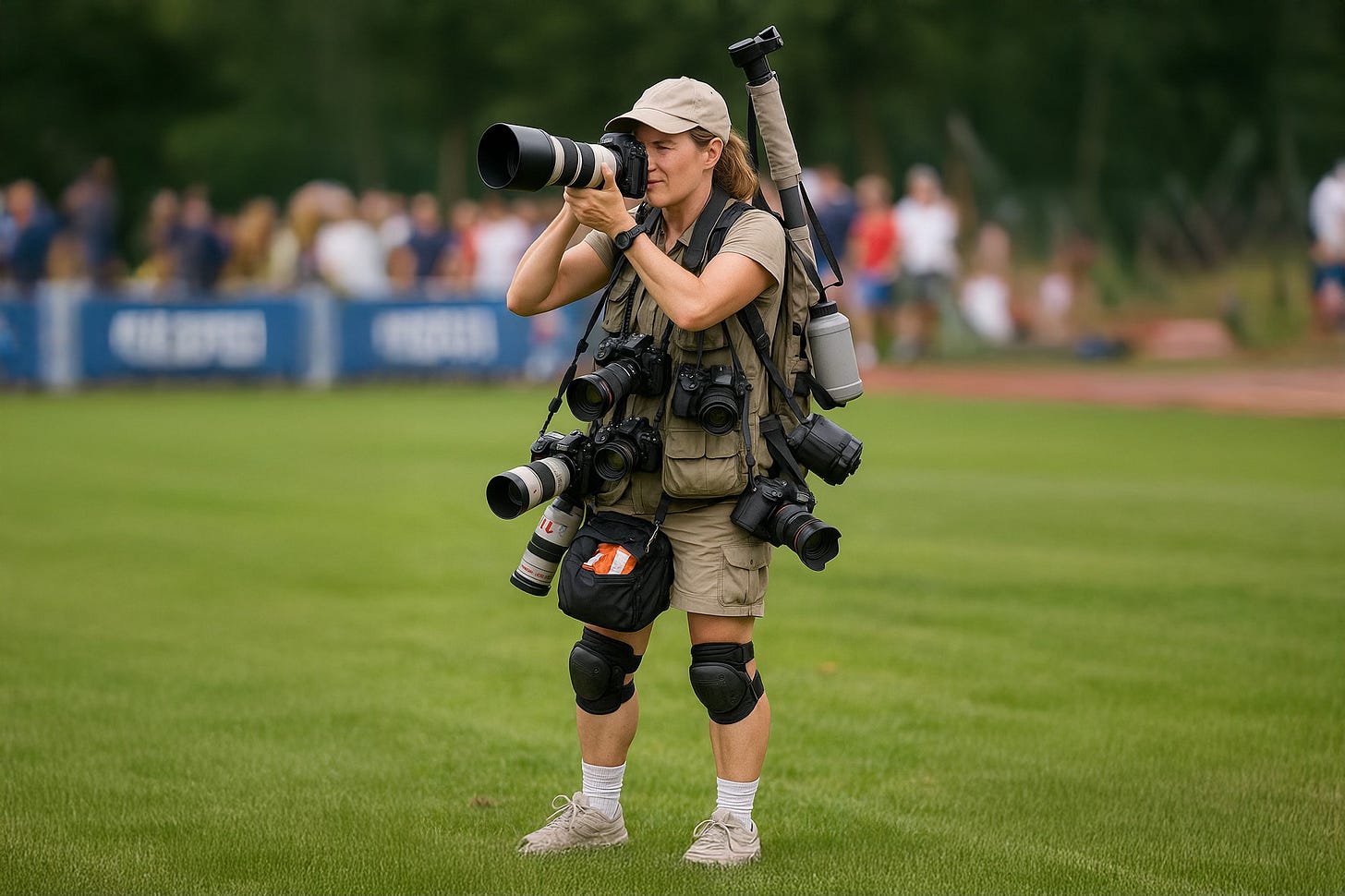
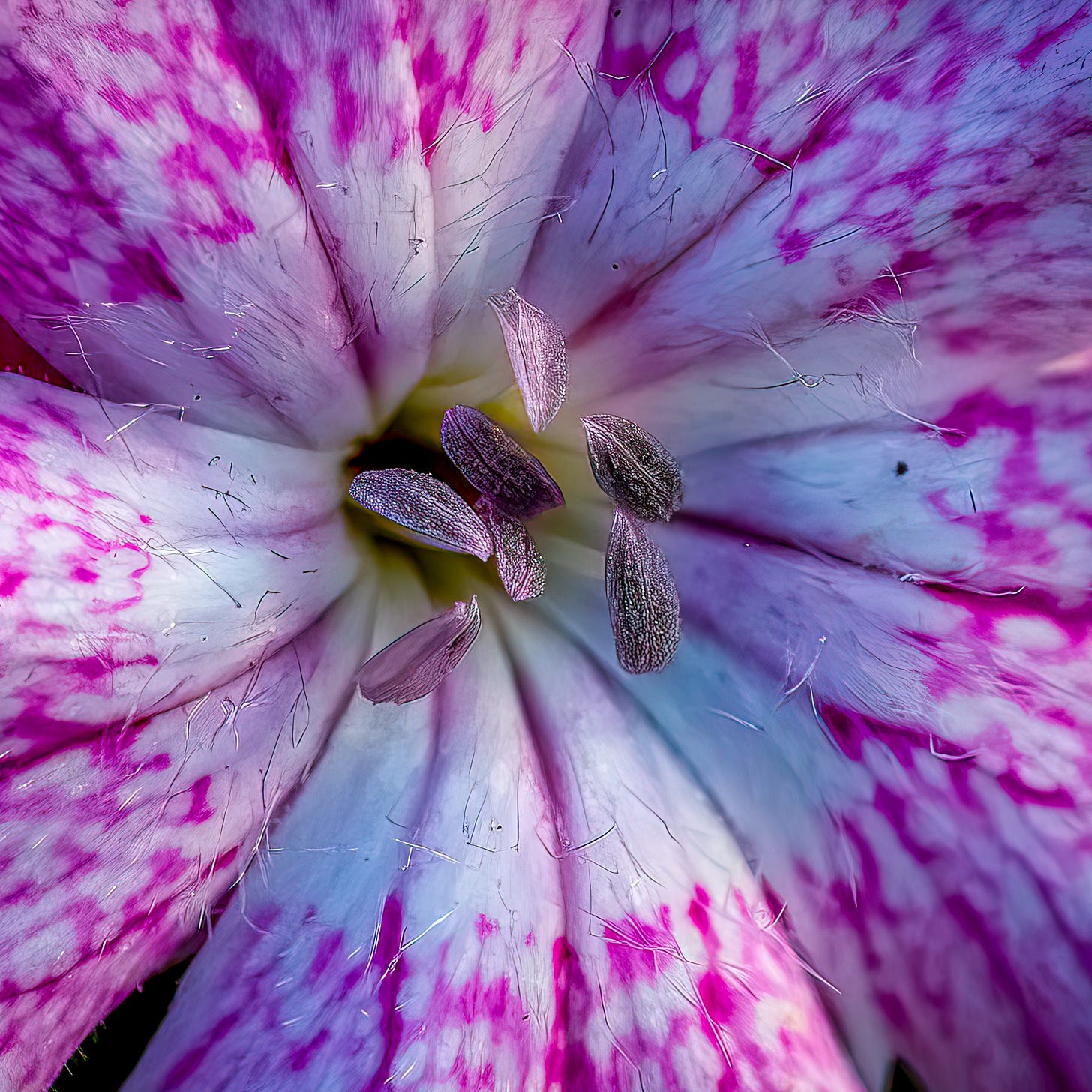
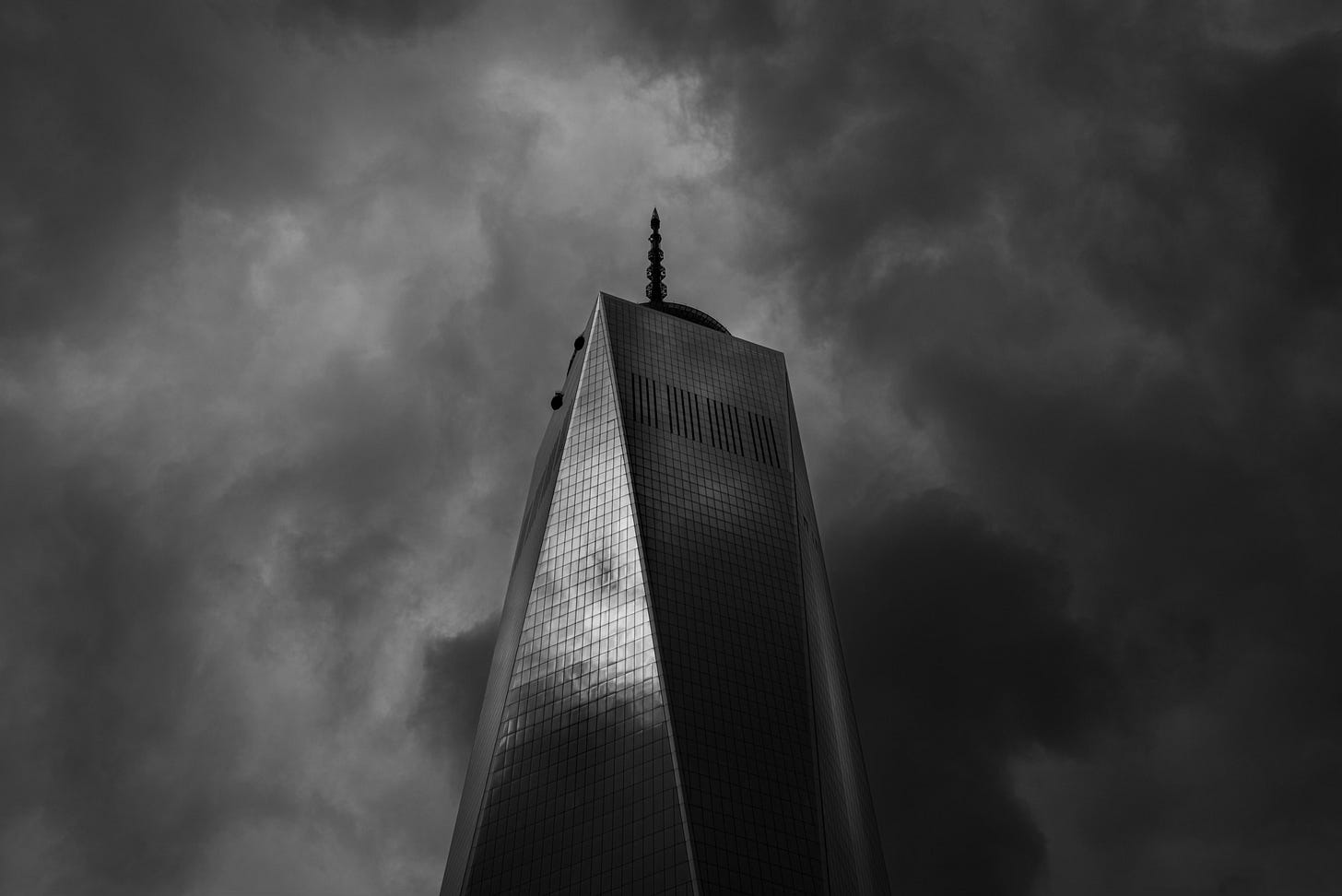
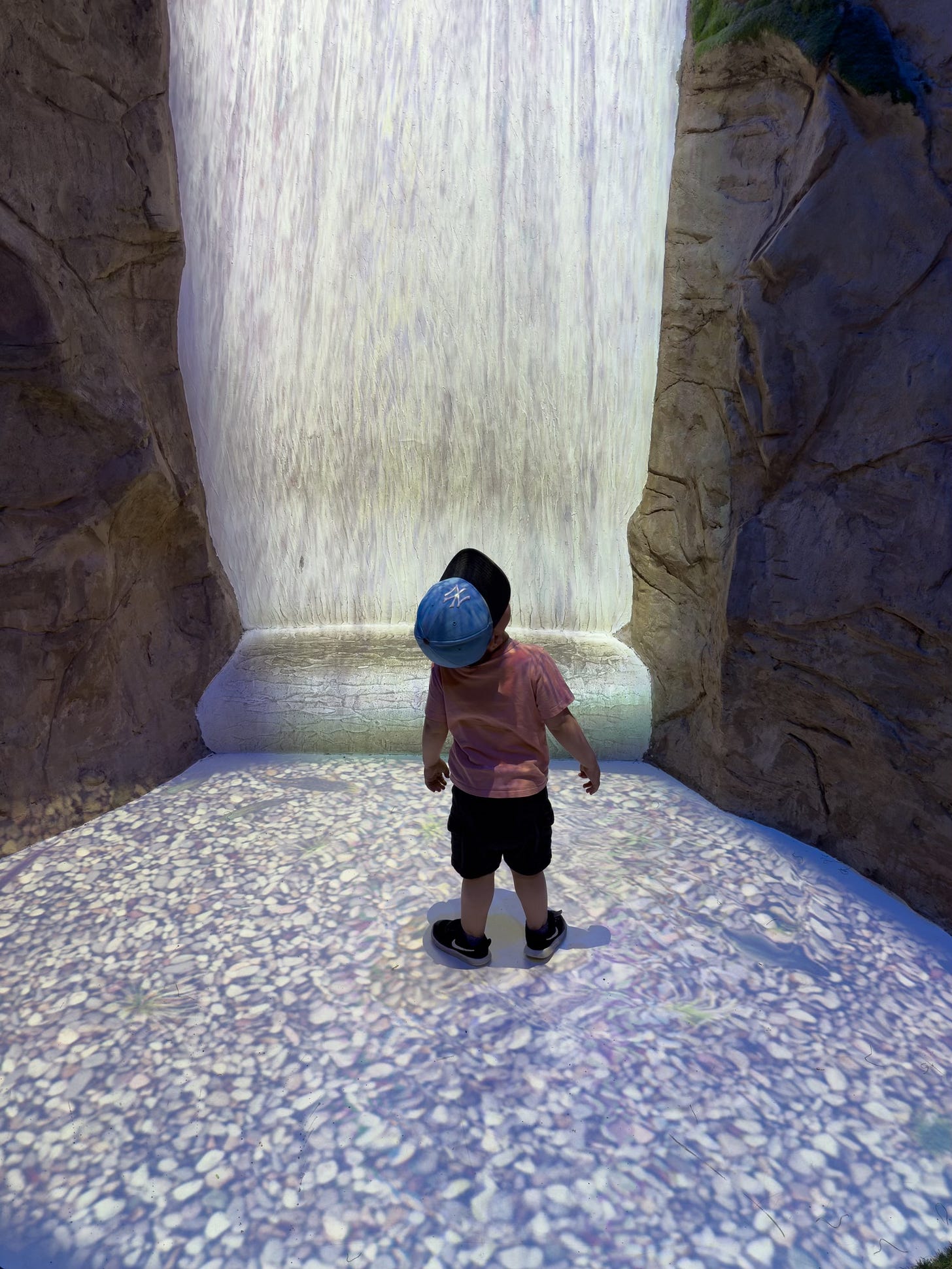
Great piece Anthony, really has my creative juices flowing! Now where did I put that 35mm prime lens?
Riffing on your comments about shooting as if you were using film; if you really want to confine yourself you could image that you were shooting with SLIDE film, which did not allow for any post editing of any kind (apart from cross processing ( intentionally processing film in the wrong chemicals, creating interesting and unpredictable color shifts and increased contrast) the entire roll to create special effects).
Excellent post, thank you!😀